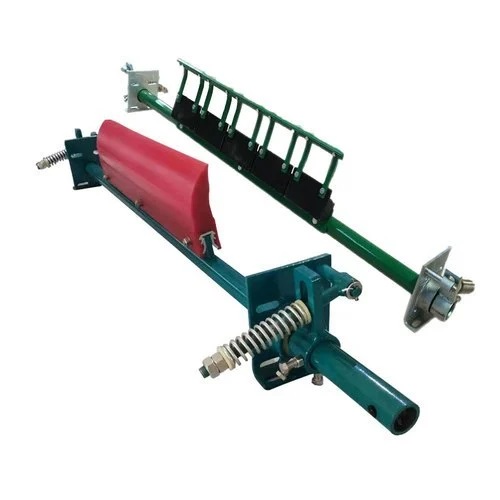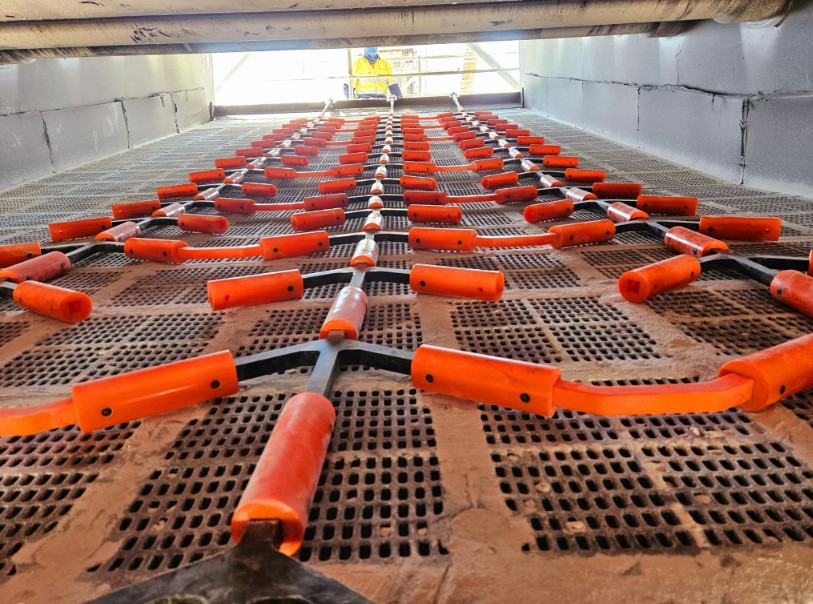
Unlocking the Magic Behind the Perfectly Aligned Conveyor Belt
Conveyor belts play a crucial role in various industries, enabling the smooth and efficient transportation of goods. A perfectly aligned conveyor belt is essential for optimal performance and productivity. It ensures the safe movement of products, reduces downtime, and minimizes maintenance costs. But have you ever wondered about the magic behind achieving that perfect alignment? In this article, we will explore the key factors and techniques involved in unlocking the magic behind the perfectly aligned conveyor belt.
One of the primary factors in achieving a perfectly aligned conveyor belt is proper installation. During the installation process, it is essential to follow the manufacturer’s guidelines and recommendations. This includes using the correct tensioning techniques and ensuring that the belt is properly centered on the rollers. The initial alignment sets the foundation for the conveyor’s performance, making it critical to get it right from the start.
Regular maintenance and inspection are also crucial in maintaining a perfectly aligned conveyor belt. Over time, factors such as material buildup, worn-out components, or changes in the environment can affect the alignment. Therefore, it is essential to conduct routine inspections to identify any misalignment issues promptly. This can involve checking for uneven wear patterns, tracking the belt’s movement, and examining the rollers and supporting structure.
To achieve perfect alignment, various alignment techniques can be employed. One popular method is the use of laser alignment tools. These tools utilize lasers to measure the alignment of the conveyor belt and provide real-time feedback on any misalignment. By adjusting the rollers and tensioning the belt accordingly, the laser alignment system ensures precise alignment, minimizing belt tracking issues and reducing wear and tear.
Another technique for achieving perfect alignment is the use of tracking devices. These devices continuously monitor the position of the conveyor belt and make real-time adjustments to keep it properly aligned. Tracking devices can use various mechanisms, such as sensors or cameras, to detect any deviations from the desired alignment. Once detected, the device sends signals to the conveyor control system, which then adjusts the belt’s position automatically.
Furthermore, training and educating employees on proper conveyor belt alignment are crucial for maintaining optimal performance. Employees should be aware of the importance of alignment, the potential issues caused by misalignment, and the steps to take to rectify any alignment problems. By providing training programs and resources, companies can empower their employees to contribute to the successful operation and maintenance of the conveyor system.
The benefits of achieving a perfectly aligned conveyor belt are significant. Firstly, it ensures the safe transportation of products, reducing the risk of spills, jams, or accidents. Secondly, proper alignment minimizes downtime caused by belt tracking issues or component failures, maximizing overall productivity. Additionally, a well-aligned conveyor belt reduces maintenance costs by minimizing wear and tear on the belt and its components.
In conclusion, the magic behind the perfectly aligned conveyor belt lies in a combination of factors. Proper installation, regular maintenance, and the use of alignment techniques such as laser alignment tools and tracking devices all contribute to achieving optimal alignment. Moreover, employee training and awareness play a vital role in maintaining alignment and maximizing the conveyor system’s performance. By unlocking the magic of the perfectly aligned conveyor belt, industries can experience improved efficiency, safety, and cost-effectiveness in their material handling processes.

